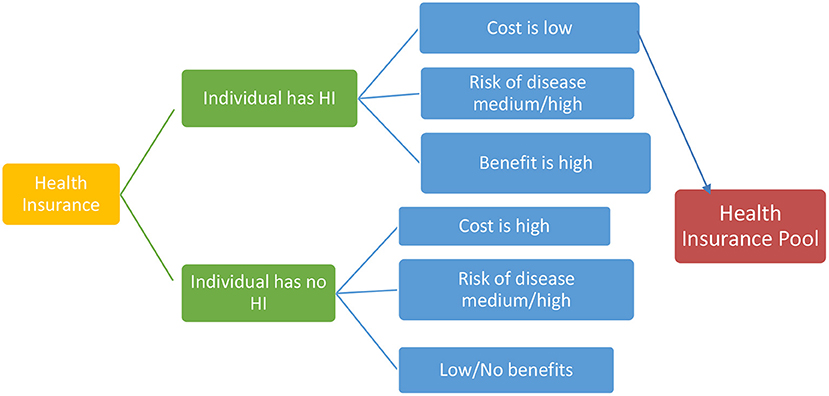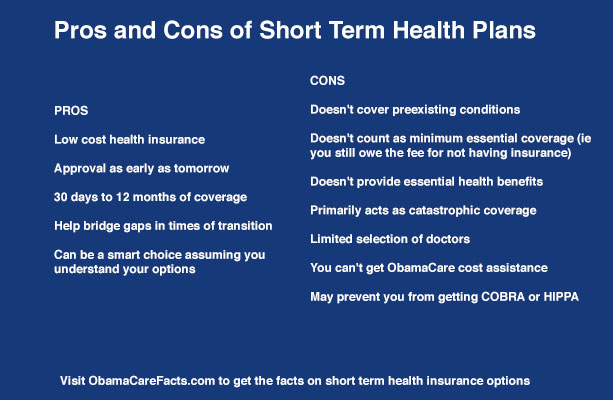The Best Guide To Medicare Advantage Agent
The Best Guide To Medicare Advantage Agent
Blog Article
10 Easy Facts About Medicare Advantage Agent Explained
Table of ContentsThe 30-Second Trick For Medicare Advantage AgentSome Ideas on Medicare Advantage Agent You Need To KnowMedicare Advantage Agent for Dummies

adheres to from perplexing the relatively young age account of the uninsured with the better wellness, usually, of more youthful individuals. This covers the link in between health standing and health insurance. For those without access to office medical insurance, inadequate wellness is a possible obstacle to acquiring nongroup insurance coverage due to the fact that such insurance coverage might be highly priced, omit preexisting conditions, or be simply unavailable. The variety of uninsured Americans is not particularly large and has not transformed in the last few years. Seven out of 10 respondents in a nationally depictive study thought that fewer Americans did not have medical insurance than actually do(Fronstin, 1998). Roughly half(47 percent )thought that the variety of people without medical insurance reduced or remained continuous over the last half of the last decade(Blendon et al., 1999). This drop of virtually 2 million in the number of individuals 'without insurance coverage (a decrease
of around 4 percent)is absolutely a favorable adjustment. With a softer economy in 2000 the latest reported gains in insurance protection might not proceed(Fronstin, 2001 ). The decline in the variety of uninsured will not proceed if the economic climate remains slow and wellness treatment prices remain to exceed inflation. This is because the information were gathered for a period of solid economic performance. Of the estimated 42 million people who were uninsured, almost about 420,000(regarding 1 percent)were under 65 years of age, the age at which most Americans come to be qualified for Medicare; 32 million were grownups between ages 18 and 65, about 19 percent of all grownups in this age; and 10 million were children under 18 years old, regarding 13.9 percent of all children (Mills, 2000). These quotes of the number of individuals without insurance are generated from the annual March Supplement to the Present Population Survey (CPS), performed by the Census Bureau. Unless otherwise kept in mind, national estimates of individuals without medical insurance and proportions of the populace with various sort of insurance coverage are based upon the CPS, one of the most widely utilized resource of estimates of insurance coverage and uninsurance rates. These studies and the quotes they yield are explained briefly in Table B. 1 in Appendix B - Medicare Advantage Agent. These studies differ in dimension and sampling methods, the concerns that are asked regarding insurance coverage
About Medicare Advantage Agent
protection, and the moment period over which insurance policy coverage or uninsurance is gauged(Lewis et al., 1998, Fronstin, 2000a ). Still, the CPS is specifically valuable because it creates yearly price quotes relatively promptly, reporting the previous year's insurance coverage approximates each September, and since it is the basis for a regular set of price quotes for greater than 20 years, permitting analysis of fads in insurance coverage over time.
The 3-Minute Rule for Medicare Advantage Agent
Over a three-year period starting early in 1993, 72 million individuals, 29 percent of the united state populace, were without protection for at least one month. Within a solitary year(1994), 53 million people experienced at least a month without coverage(Bennefield, 1998a). Six out of every 10 uninsured grownups are themselves employed. Working does improve the probability that one and one's family members will have insurance coverage, it is not a warranty. Even participants of households with 2 full-time wage income earners have virtually a one-in-ten chance of being without insurance (9.1 percent uninsured price)(Hoffman and Pohl, 2000 ). The partnership between health and wellness insurance policy and access to care is well established, as recorded later in this chapter. Although the connection in between health insurance coverage and wellness end results is neither straight nor basic, an extensive medical and health services study literary works links health insurance protection
to better accessibility to care, much better high quality, and enhanced individual and population wellness status. The 2nd report, on personal health outcomes for uninsured grownups, is represented by official source the innermost circle of the figure, while the 3rd record, on household health, incorporates the subjects of the 2nd report yet stresses a different unit of evaluation, specifically, the family. The 6th record in the series will offer information about strategies and efforts undertaken in your area, statewide, or across the country to address the absence of insurance policy and its adverse impacts. Degrees of evaluation for taking a look at the effects of uninsurance. This conversation of health insurance coverage focuses mainly on the united state population under age 65 since basically all Americans 65 and older have Medicare or various other public protection.
Furthermore, it focuses specifically on those without any type of medical insurance for any kind of size of time. index The issues encountered by the underinsured are in some respects similar to those encountered by the without insurance, although they are typically much less extreme. Uninsurance and underinsurance, nonetheless, include clearly different policy issues, and the approaches for resolving them may vary. Throughout this research and the 5 reports to comply with, the main focus gets on individuals without medical insurance and thus no aid in paying for health and wellness treatment past what is readily available via charity and safety internet organizations. Medical insurance is a powerful aspect affecting invoice of care since both clients and doctors react to the out-of-pocket rate of services. Medical insurance, nevertheless, is neither required nor sufficient to get to clinical solutions. The independent and direct impact of health
insurance coverage protection access to health services is well establishedDeveloped Others will get the healthcare they need even without wellness insurance, by spending for it expense or seeking it from carriers who use treatment totally free or at highly subsidized rates. For still others, medical insurance alone does not ensure invoice of care because of various other nonfinancial barriers, such as a lack of health treatment service providers in their neighborhood, limited access to transport, illiteracy, or linguistic and social differences. Formal research about uninsured populations in the United States dates to the late 1920s and very early 1930s when the Board on the Expense of Medical Treatment produced a series of records regarding funding physician office sees and hospitalizations. This concern ended up being significant as the varieties of medically indigent climbed up during the Great Clinical depression. Empirical studies consistently support the web link between accessibility to care and improved wellness end results(Bindman et al., 1995; Starfield, 1995 ). Having a regular resource of treatment can be taken into consideration a predictor you can check here of gain access to, as opposed to a direct action of it, when wellness outcomes are themselves used as accessibility indications. This expansion of the idea of access measurement was made by the IOM Committee on Keeping An Eye On Access to Personal Healthcare Services(Millman, 1993, p. Whether or not moms and dads are guaranteed appears to impact whether their kids obtain treatment in addition to just how much careeven if the children themselves have coverage(Hanson, 1998). The wellness of moms and dads can influence their ability to look after their kids and the level of family stress and anxiety. Stressing concerning their children's accessibility to care is itself a source of stress for parents. Three chapters comply with in this report. Phase 2 offers an overview of how employment-based wellness insurance coverage, public programs and specific insurance coverage operate and connect to offer comprehensive but insufficient coverage of the U.S. population. This consists of a review of historic fads and public laws impacting both public and private insurance, a discussion of the interactions amongst the various sorts of insurance policy, and an assessment of why individuals move from one program to an additional or end up

Report this page